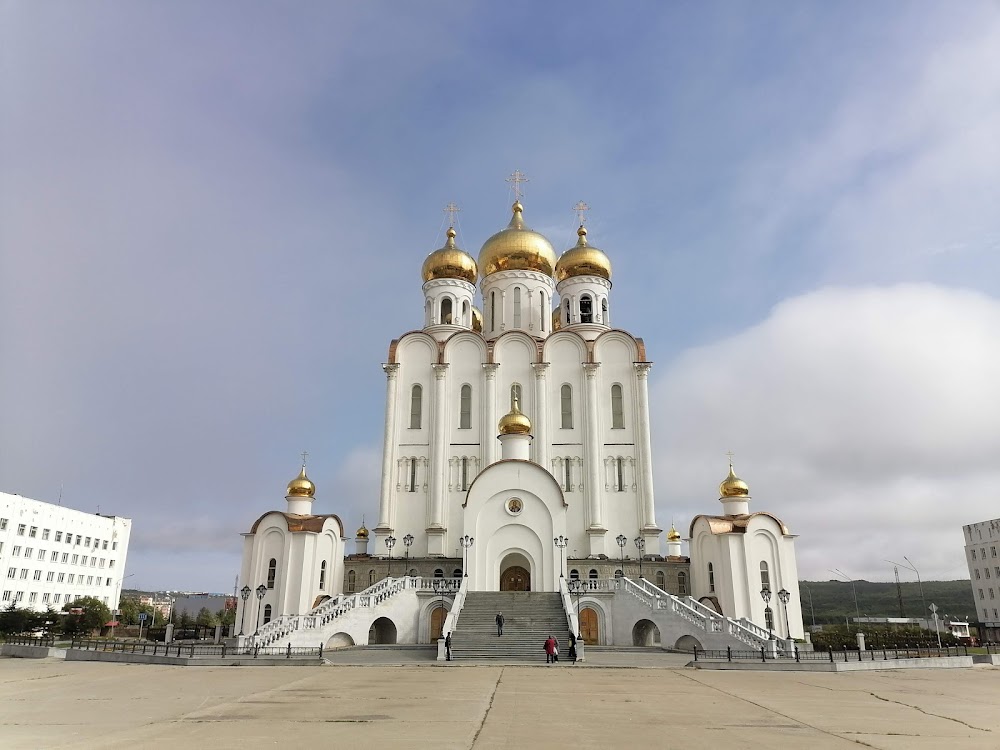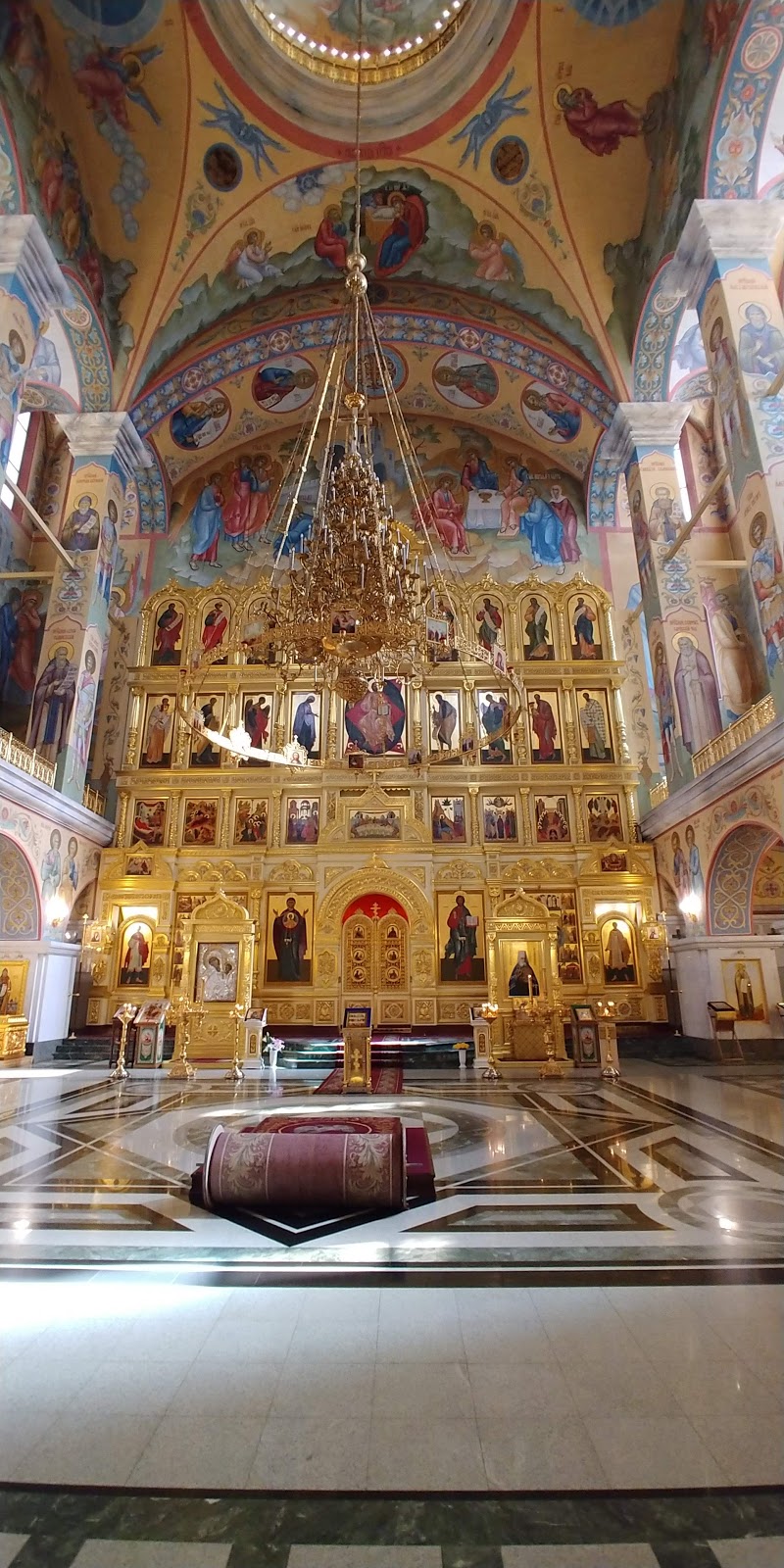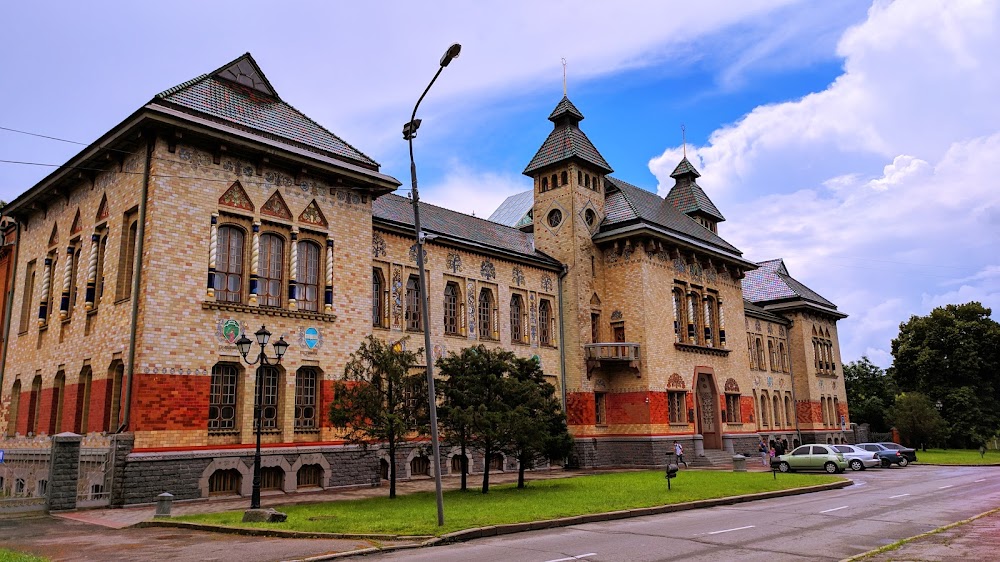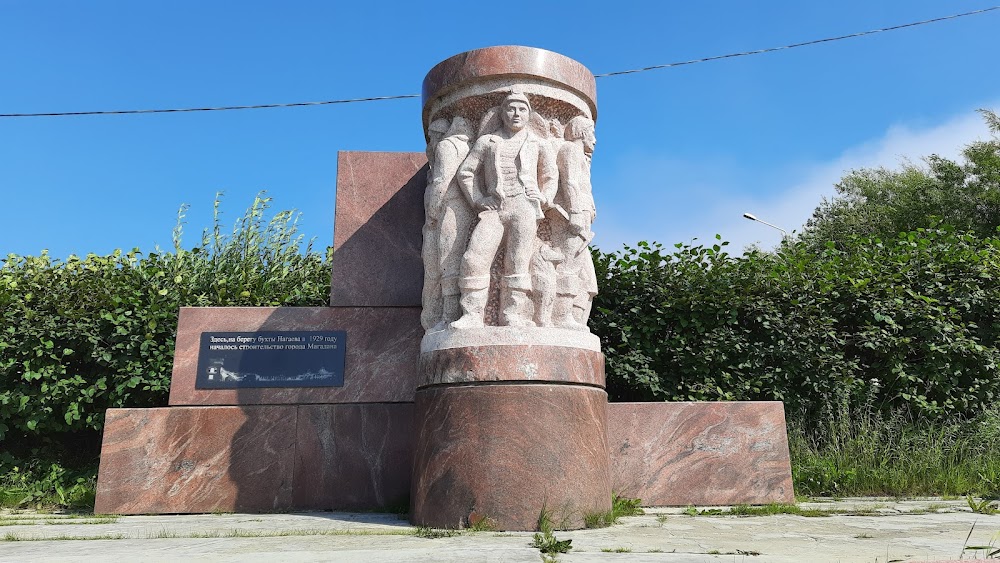Magadan Orthodox Cathedral (Свято-Троицкий кафедральный собор)
Overview
The Svyato-Troitskiy Kafedral'nyy Sobor, more commonly known as the Magadan Orthodox Cathedral, is a profound symbol of faith and resilience nestled in the city of Magadan, part of Russia's Magadan Oblast. This stunning edifice stands as a beacon of hope and spirituality against the backdrop of the region's often harsh and frigid environment, offering solace to its inhabitants.
The cathedral's history is relatively recent, with construction commencing in the late 1990s. The cornerstone was laid in 1998 under the guidance of Bishop Guriy, a pivotal religious figure who envisioned creating a central place of worship for the local Orthodox Christian community. Given Magadan's historical ties to the Soviet-era gulag system and its remote location, the cathedral aimed to provide a much-needed spiritual sanctuary for the residents.
Architecturally, the cathedral is a remarkable example of traditional Russian Orthodox church design. It features characteristic onion-shaped domes adorned with glistening gold leaf that brilliantly reflect the northern sun or gleam under a blanket of snow. The main dome symbolizes Christ, while the smaller domes surrounding it represent His apostles. Built with durable brick and concrete, the exterior is specifically designed to withstand the severe climatic conditions typical of the region.
The construction process was a collaborative effort, involving local volunteers and skilled craftsmen from across Russia. The project garnered substantial support from the Russian Orthodox Church and various charitable organizations, notably the Orthodox Christian charity "RPC Diakonia," which provided essential financial aid and resources to ensure the cathedral’s completion.
Inside, the Svyato-Troitskiy Kafedral'nyy Sobor is a visual delight, adorned with intricate frescoes and beautiful icons created by talented artists and iconographers. The rich iconostasis—a wall of icons and religious paintings—serves as the focal point of the interior, depicting various saints, biblical scenes, and the Holy Trinity. These artworks foster a deep sense of spiritual reverence among congregants.
The cathedral's consecration in 2002 marked a significant milestone for the local community. The ceremony attracted numerous dignitaries, clergy members, and thousands of faithful from Magadan and beyond. This event symbolized not only the opening of a new house of worship but also the renewal of hope and faith in a region with a troubled past.
Today, the Magadan Orthodox Cathedral serves as more than just an architectural landmark; it is the heart of spiritual life in Magadan. It hosts regular liturgical services, baptisms, weddings, and other religious ceremonies, while also playing a vital role in social and charitable activities. The cathedral provides aid to the needy, supports local orphanages, and fosters a sense of community among the city's residents.
The cathedral grounds have been transformed into a serene space for reflection and meditation. Surrounding the structure is a small park featuring benches, walking paths, and a memorial dedicated to the victims of the gulag camps. This memorial serves as a poignant reminder of the region's history while symbolizing hope, peace, and spiritual rebirth.
In summary, the Svyato-Troitskiy Kafedral'nyy Sobor in Magadan represents a powerful convergence of faith, community, and resilience. Its creation was a collaborative effort driven by a shared vision of a spiritual sanctuary and renewal. Today, it stands as a testament to the enduring spirit of the people of Magadan, offering a place for worship, reflection, and community support amidst the stark beauty of Russia's Far East.







